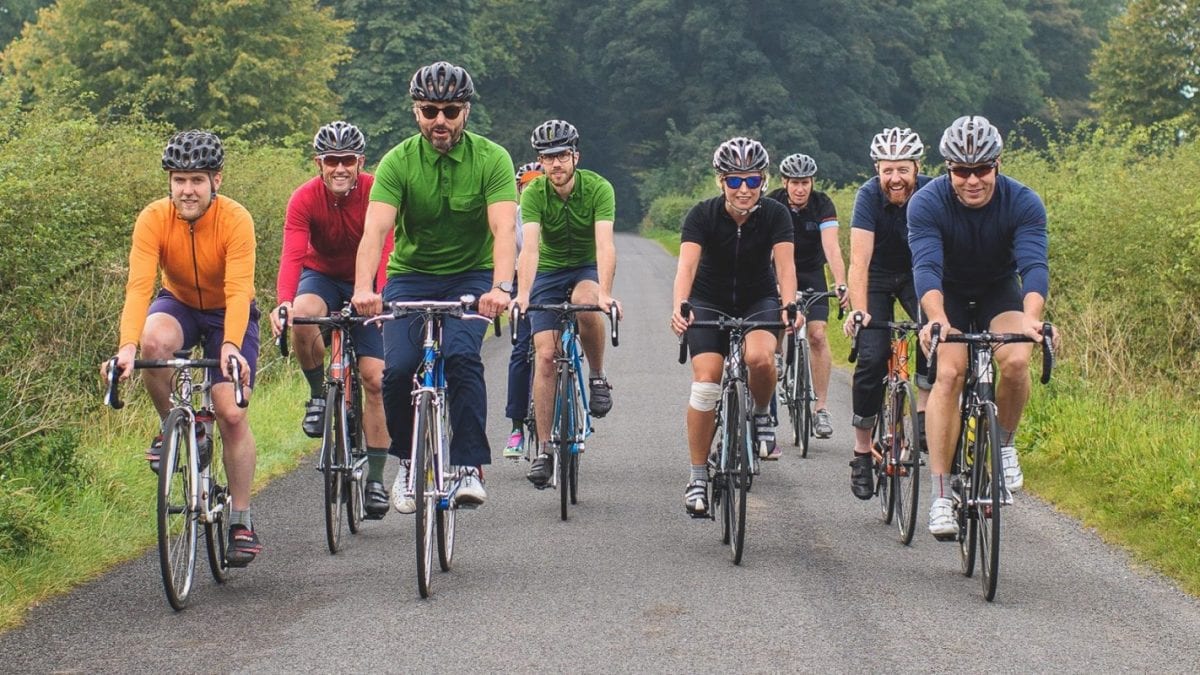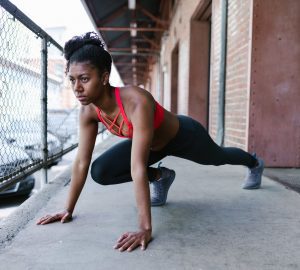The cycling community is always evolving, with veteran riders hanging up their wheels and beginner cyclists just starting with training for cycling. We see the complete range at our cycling camps and events and believe teaching the fundamentals is just as important as important as helping athletes take advantage of the latest advances in sports science to help make cycling for beginners easier.
Our relationship with bicycles can grow and change throughout our lives, and for some people that includes a time when you set goals and train to achieve them. Going from a person who rides a bike to an athlete in training doesn’t need to be an intimidating transition. Cycling training doesn’t need to be complicated to be effective, and with the proven information and cycling tips in this guide you can start training and prepare yourself for rides longer than three hours.
Bikes to Buy
Mountain Bikes: Mountain bikes are quite popular as they are durable and convenient for traveling. They are heavier than the other road bikes and this means that they will be quite slow on flat surfaces.
Road Bikes: A road bike has a smooth and light frame. It has narrow tires, thus excellent for high-speed travel and also great for climbing hills. But many people need time to adjust to the drop handlebars.
Hybrid Bikes: These hybrid bikes best for off-road and on-road cycling. These are also known as a ‘trekking’ bike. However, one problem associated with these bikes is that they are not as efficient and fast as they are expected to be.
Before Purchasing the Bike
In case a mountain bike has suspension, it makes the ride comfortable and helps in improving bike handling. In the case of cheaper models, it can add to the weight, cost and can cause difficulty in cycling. The suspension is not needed until there is a requirement for downhill biking. If it is for downhill biking, powerful brakes are essential. 10 gears are needed for riding on the hills for cycling for beginners.
Essential Equipment Needed:
- Helmet – This needs to be firmly placed on the head. The straps should be pulled under the chin.
- Light – It is necessary for night riding and present in the front and back.
- Reflectors – This needs to be amber for pedals and red at the rear end.
- Tool Kit – There should be a basic tool kit which includes repair kit for a puncture, pump, multi-tool, Allen key set and also inner tube.
- Performance-measuring tools—if you’re seriously considering cycling as a career or you plan to compete in races, investing in power meters and other training equipment will help you get into shape.
Exercises
There are a few exercises which will strengthen my cores and legs while keeping my lower back protected. Here are some such workouts:
- Plank – Lie down on your front. Support your weight by your forearms and toes. Stay in such a position for 10-30 seconds. Perform 3 sets.
- Lunges – Stand as you keep your feet together. Your hands on your hips. Lunge a bit forward using your left foot. Bend the knees. You need to repeat on the right side. Perform four sets and each should be of 30 seconds. Take rests in between.
Try a six-week cycling for beginners plan which will include cycling on grass, going up and down hills, pedaling while standing and cycling on a paved surface.








